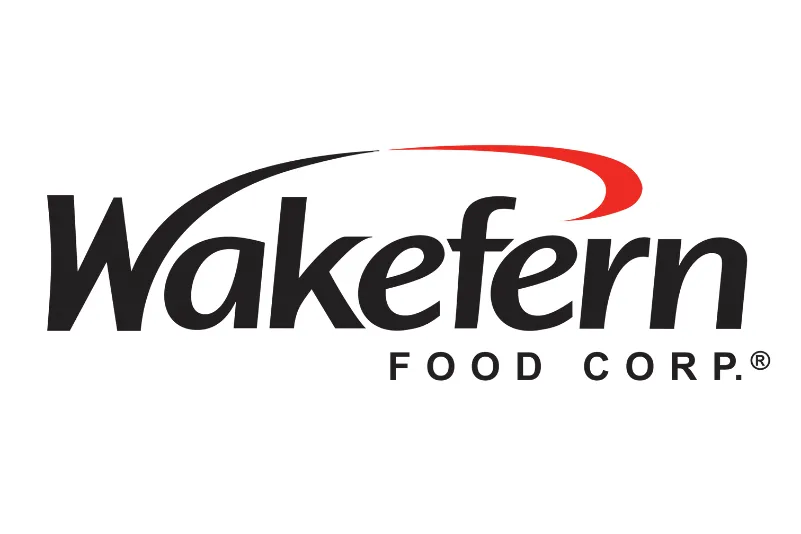BENTONVILLE, Ark. — Walmart has introduced free next-day deliveries to shoppers in Phoenix, Las Vegas and Southern California, and the retailer said the service would reach approximately 75% of the U.S. population this year, including 40 of the nation’s 50 largest metropolitan areas.
Walmart’s May 14 announcement came three weeks after Amazon said it intends to shift the core benefit of its Prime subscription program into free one-day shipping. Amazon said it plans to spend $800 million this quarter toward making free one-day delivery shipping the default for Prime members, who pay $119 a year for benefits that include free two-day shipping, cloud storage and access to streaming music and video content.
Walmart pointed out that customers will not have to pay a membership fee to take advantage of its free next-day shipping offer.
“Walmart’s NextDay delivery offers a stand-alone, curated shopping experience where customers can browse up to 220,000 of the items most frequently purchased, ranging from diapers and laundry detergent to toys and electronics, with more assortment to be added. It is available on eligible orders of $35 or more, with the specific assortment varying by customer location,” Marc Lore, president and chief executive officer of Walmart eCommerce U.S., wrote in a post on the retailer’s website.
Lore said that the new shipping offer will complement Walmart’s other options for consumers to get their online orders quickly, including same-day grocery pickup and delivery from its stores, and free two-day shipping that is available on millions of items.
“And with 90% of Americans living within 10 miles of a Walmart store, we’re well positioned to offer even faster delivery to customers in the future,” Lore said.
Lore said that next-day delivery would not cost the company more money.
“Our new NextDay delivery isn’t just great for customers, it also makes good business sense. Contrary to what you might think, it will cost us less — not more — to deliver orders the next day,” Lore said. “That’s because eligible items come from a single fulfillment center located closest to the customer. This means the order ships in one box, or as few as possible, and it travels a shorter distance via inexpensive ground shipping. That’s in contrast to online orders that come in multiple boxes from multiple locations, which can be quite costly. We can offer fast, convenient shipping options because we’ve built a network of fulfillment assets that are strategically located across the U.S.
“We’ve also done extensive work to ensure we have the right products in the right fulfillment centers based on where customers are located and what they’re ordering.”
Walmart said it will continue to invest to strengthen its digital capabilities. Initiatives include voice ordering technology, artificial intelligence to improve inventory management through its Store No. 8 startup incubator, a push into digital advertising through its acquisition last month of San Francisco-based Polymorph Labs, and expansion of grocery pickup facilities that allow shoppers to buy online and collect in person. About 2,450 of its U.S. stores now accommodate pickup for online grocery orders, and Walmart is on track to have facilities in place at 3,100 stores by year’s end.
“We’re changing to enable more innovation, speed and productivity, and we’re seeing it in our results,” Doug McMillon, Walmart’s president and CEO, said this month in announcing the retailer’s fiscal first quarter financial results. “We’re especially pleased with the combination of comparable sales growth from stores and e-commerce in the U.S. Our team is demonstrating an ability to serve customers today while building new capabilities for the future.”
Walmart said same-store sales growth of 3.4% helped generate net income of $3.8 billion in the quarter ended April 30.
Total revenue was $123.9 billion, up 1% from a year earlier. But revenue was down $1.8 billion related to foreign exchange rates. On a constant-currency basis, Walmart revenue grew 2.5% to $125.8 billion, the company said. Operating income declined 4.1% to $4.9 billion, hobbled by higher cost of sales and slightly higher operating expenses.
Walmart U.S. posted a 3.3% increase in first quarter sales, to $80.3 billion. E-commerce contributed 1.4% of the unit’s 3.4% comp sales growth. The number of transactions increased 1.1%, while the average ticket was up 2.3%, Walmart said.
Sam’s Club reported net sales of $13.8 billion in the first quarter, up 1.5% from a year earlier. Comps, including fuel, increased 1.1% but were hurt by the loss of tobacco sales at a number of clubs. Membership income increased 0.9%. Consumables, especially paper products, baby care goods and pet supplies, were among Sam’s strongest categories in the quarter.
International sales declined 4.9% in the quarter. On a constant currency basis, net sales overseas increased 1.2%. Walmart reported positive comps in Mexico, China and Canada, three of its largest international markets. Operating income declined 41.7%, primarily related to the rejigging of its international portfolio, currency exchange rates and the timing of the Easter holiday.





